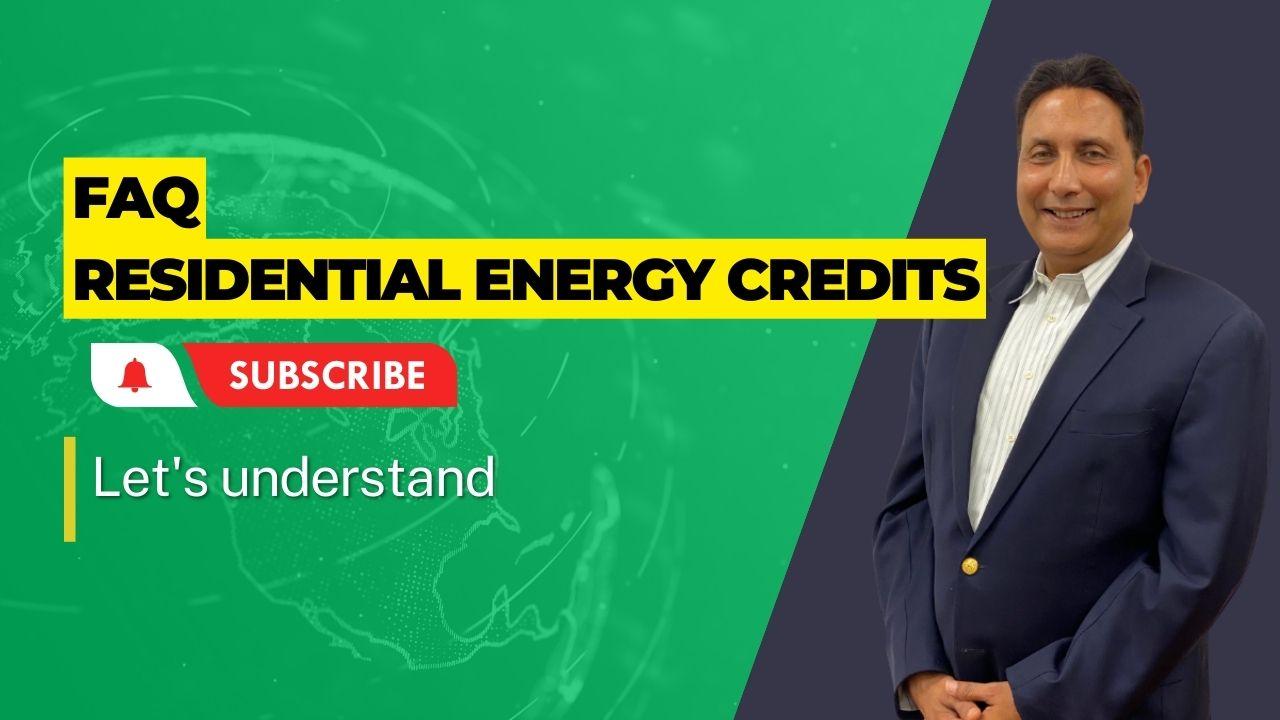
Residential Energy Credits, also known as the Residential Energy Efficient Property Credit and the Nonbusiness Energy Property Credit, are tax credits available to homeowners who make qualified energy-efficient improvements to their homes. These credits provide incentives to promote energy efficiency and the use of renewable energy sources. Here's an overview of the two types of Residential Energy Credits:
Key details:
Key details:
Eligibility for the Credits If you have made energy-saving improvements to your home located in the United States during 2022, you may be eligible to claim the credits.
Home Definition: The term "home" refers to the place where you resided in 2022. It encompasses various types of dwellings, including houses, houseboats, mobile homes, cooperative apartments, condominiums, and manufactured homes that comply with Federal Manufactured Home Construction and Safety Standards.
Basis Reduction: To claim the credits, you must reduce the basis (the original cost) of your home by the amount of any credit you are allowed to receive.
Main Home: Your main home is generally the residence where you primarily reside. Temporary absences due to special circumstances such as illness, education, business, military service, or vacation will not alter your main home status.
Costs: In both credits, costs are considered paid when the original installation of the item is completed. For costs related to home reconstruction, they are treated as paid when your use of the reconstructed home begins. In the case of the residential clean energy credit, costs associated with home construction are considered paid when your use of the newly constructed home begins. If an item is used for both business and nonbusiness purposes, only the portion of costs allocated to the nonbusiness use can be used to determine the credit, provided that the nonbusiness use exceeds 80%.